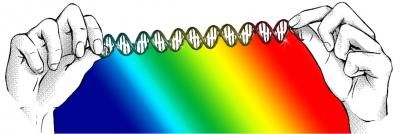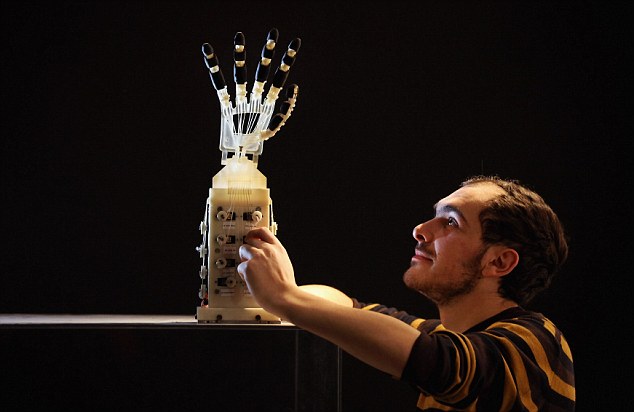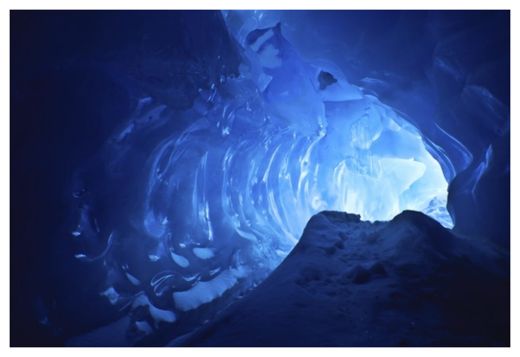
© Angela StoegerAfrican elephants in Amboseli National Park in Kenya.
Elephants' deepest calls can thunder up to 6 miles (10 kilometers) away. Now, researchers have learned for the first time how the massive animals produce these sounds.
It turns out that they do it in the same way that humans talk, pushing air through their vocal cords to make them vibrate. Elephants can go much lower than humans, however, because their
vocal cords are eight times longer.
"The sounds the elephants make are off the piano keyboard," said study researcher Christian Herbst, a voice scientist at the University of Vienna, Austria. In fact, at less than 20 hertz in frequency, the main components of these ultra-deep calls aren't detectable to the human ear.
Until now, researchers weren't sure how elephants produced such low sounds. In fact, it's difficult to study voice production in animals in general, Herbst told LiveScience. In humans, researchers can insert cameras through the throat into the larynx, or voicebox, while people make different sounds. Animals tend to be less cooperative on that front, Herbst said.
There are two ways to produce sound by vibrating the vocal cords (or vocal folds, as scientists call them). The first is called active muscular contraction, or AMC. With this method, the throat muscles actively contract to vibrate the vocal folds. AMC is
how cats purr.
The other method of sound production is called the myoelastic-aerodynamic (MEAD) mode. The MEAD mode uses air from the lungs to vibrate the vocal folds. MEAD is how
humans talk and sing.












Comment: Reign of Fire: Meteorites, Wildfires, Planetary Chaos and the Sixth Extinction
Meteorites, Asteroids, and Comets: Damages, Disasters, Injuries, Deaths, and Very Close Calls
Impact Hazards on a Populated Earth?
Tunguska, the Horns of the Moon and Evolution